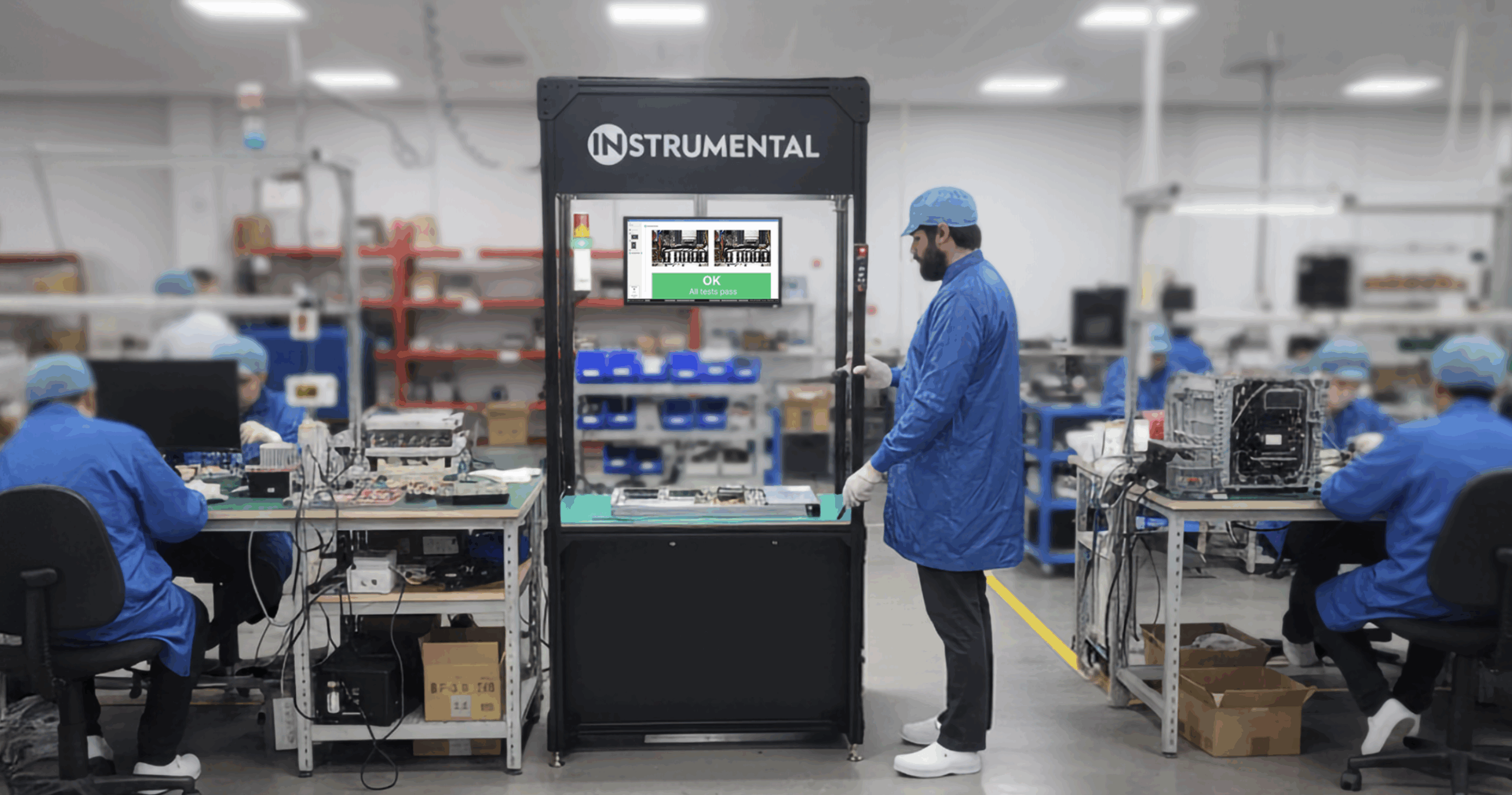Recently, a young hardware company contacted me to get help with an urgent field issue: batteries were melting enclosures. Previous lots of batteries had performed correctly—shutting down if the battery got too hot during charging. In the most recent lot of thousands of units, however, some percentage of batteries were not shutting down as designed and creating thermal runaway that released smoke and melted enclosures.
Traceability is a place where many companies cut corners in favor of the many other challenges involved in bringing a physical product to market, and they do so at great peril.
Through failure analysis it was discovered that an unapproved change had been made by an upstream vendor. This is a nightmare scenario: with only a lot number, it’s impossible to tell when the change occurred and which of the units already shipped to customers were also not built to the specification. Do you recall and replace the whole lot of thousands, even if there’s only a few bad units? Depending on the severity, you might have to.
The case for traceability
Traceability is a place where many companies cut corners in favor of the many other challenges involved in bringing a physical product to market, and they do so at great peril. The simplest (and most powerful!) form of traceability is assigning individual serial numbers to each individual unit, known as serialization. That unique serial number often encodes important “breadcrumb information”, such as the date and time, the line or machine number, the vendor name, the configuration or work order, etc. This detailed information makes it possible to trace a change back to a specific date and time.
In the example above, the company could look up the serial numbers of the batteries in the affected lot to identify when the unapproved change had been made. Through additional destructive testing, it might be possible to demonstrate a pattern in the failures, narrowing the suspect portion of the population and showing that the remaining thousands of units are safe.
Teams with experienced engineers know that serialization is important and will do it from Day 1—even at a company with fewer resources. It’s so important to the hardware development process that it’s number five on the Shedletsky Test. If the product is complex or if there’s multiple vendors for a single component, these teams may also serialize the modules: chips, PCBs, enclosure parts, displays, cameras, and more.
The combined information in all of these serial numbers can provide some interesting insights during a failure analysis process. While more advanced traceability is possible, the humble serial number unlocks many benefits to your hardware development process, enabling your team to start tracking other information on top of it—such as timestamps at key stations, performance based test results, reliability results, and even field performance. Each of these data points can help improve operational efficiency or accelerate your failure analysis process during development.
Put it into action
Implementing basic unit serialization is usually as easy as asking your contract manufacturer to start printing out barcode stickers that are scanned at key assembly or test stations and ultimately transfer to the final packaging. More advanced methods include laser etching the serial number on a visible part of the enclosure, enabling a customer to report the serial number back to you should anything happen in the field. The key point is that there are inherent manufacturing variations, intentional or not, and assuming that thousands of units in one lot all have the same “history” is a flawed assumption that can cost your company money, time, and reputation.
Layering Instrumental technology on top of basic serialization will supercharge issue traceability and failure analysis. Contact us to learn more.



